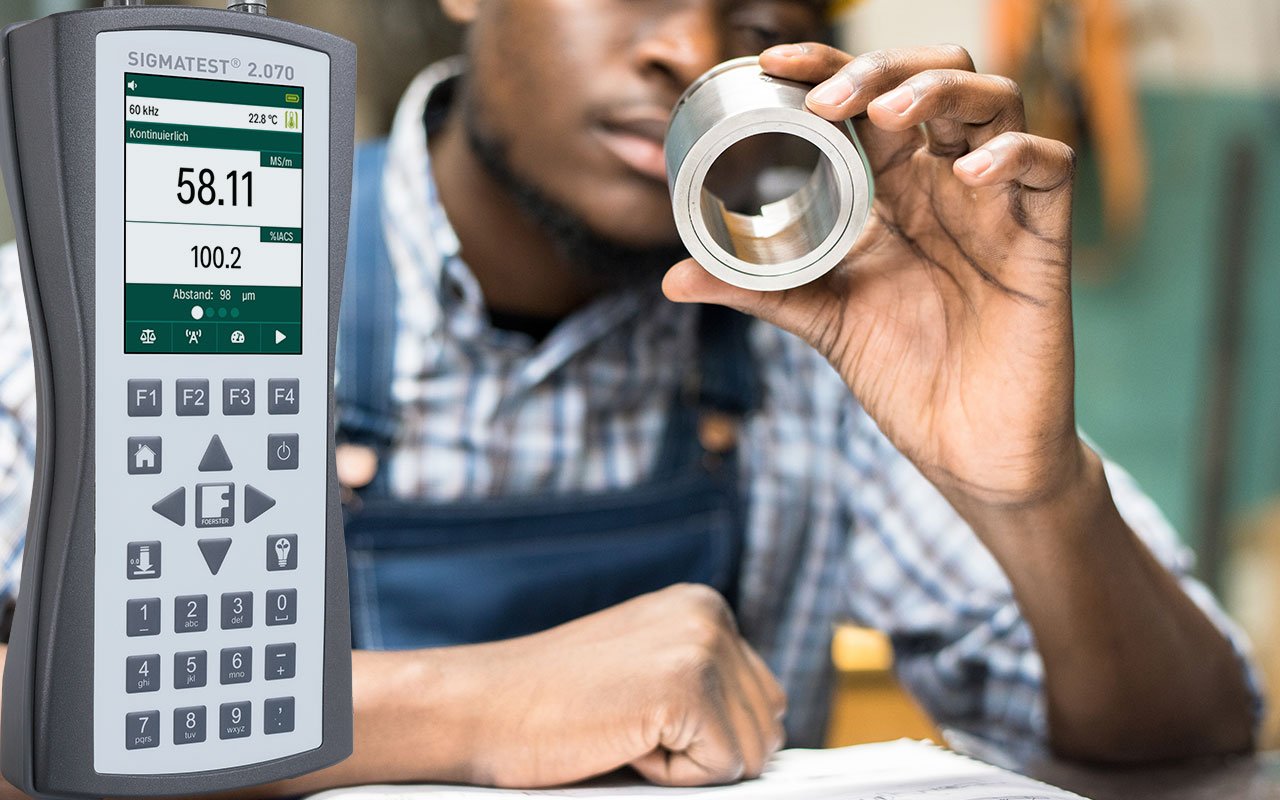Coercivity measurement: Understanding the new standard EN IEC 60404-7:2020
Since 1982 coercivity measurements in the open magnetic circuit has been governed by several standards, e.g. IEC 60404-7:1982 and EN 10330:2015. In 2019 the 2nd edition of IEC 60404-7:2019 was published. A year later it was adopted by CENELEC as EN IEC 60404-7:2020. It is a major revision of the standard and includes some significant changes. The following sections are designed to explain the key differences and may give an overview over the most significant changes of the standard and the direct effects for the industry. However, it does not replace studying the new standard.
Fig. 1: Timeline of standards governing coercivity measurements in the open magnetic circuit with special focus on CENELEC and DIN area.
What are the major changes of the new edition?
Among others, there are the following significant changes in respect to the previous edition:
- the standard has been restricted to coercivity measurements from 0.2 A/m up to 160 kA/m
- there is now the requirement of magnetic shielding of magnetic noise fields
- the measurement methods have grouped according to integral and non-integral methods and the limitations on size and shape have been included
What are the consequences and benefits for the user?
As a direct consequence of the revision of the standard, users and manufacturers of measurement equipment should check whether the devices are still compliant with the new EN IEC 60404-7:2020. The following sections will give some more details what the consequences and benefits of the new standard for the user are.
Restriction to coercivities in the range from 0.2 A/m up to 160 kA/m
Fig. 2: Diagram illustrating samples measurable according to EN IEC 60404-7:2020.
The restriction of the standard to samples with coercivities lower than 160 kA/m results in the fact that this standard cannot be applied to samples with such high coercivities. There is no direct successor of the IEC 60404-7:1982 standard for such samples. But IEC TR 63304 gives an overview over measurements in the open magnetic circuit for permanent magnets and shall be used for further reference.
Magnetic shielding
Fig. 3: Measurement devices according EN IEC 60404-7:2020 including magnetic shielding.
Measurements compliant with EN IEC 60404-7:2020 requires now magnetic shielding for avoiding magnetic noise fields. The device is required to compensate any influence of the shielding on the measurement. Devices without such features cannot be anymore used in compliance with IEC 60404-7.
In the past, it was necessary to place a device without such a feature in an area without magnetic noise fields for obtaining reliable results. This included the orientation of the coil in respect to the magnetic earth field. The requirement for manufacturers to provide magnetic shielding gives the user the benefit to safely obtain reliable results even in a rougher industrial environment.
Measurements of non-ellipsoidal samples
Fig. 4: Overview of measurement methods in EN 10330:2015 and EN IEC 60404-7:2020.
The new EN IEC 60404-7:2020 edition sets new standards for measuring non-ellipsoidal samples. As such samples are rather the standard than the exception, these are of great importance for the user. According to the new standard, it is only possible to measure those samples using the IEC 60404-7 method type B.
Devices according to method A use magnetic sensors (hall elements or differential fluxgates) near the sample to measure the field of the sample (see Figure 4). As such measurements are influenced strongly by the shape of the sample, measurements on samples other than ellipsoids are not possible compliant with EN IEC 60404-7:2020.
Fig. 5: Distribution of the magnetic polarization over the length of a cylindrical rod (left) and corresponding illustrative hysteresis curve (right): magnetic polarization is zero at the end of the sample (HcJ according to method A, red); the average sum of the magnetic polarization is zero (HcJ according to method B, darkgreen); the magnetic polarization is zero in the center of the rod (orange).
This additional requirement reflects the finding, that the magnetic polarization becomes zero first at the edges of the sample and only later in the center. Thus, depending on the measurement position, the coercivity can vary for a non-ellipsoidal sample. Only integral measurements, measuring outside the field coil (EN IEC 60404-7:2020 method B), offer the possibility to characterize the coercivity of the whole sample piece.
Furthermore, IEC 60404-7 requires non-ellipsoidal and inhomogeneous samples to be measured at each end to further enhance accuracy of the measurement.
FOERSTER offers the KOERZIMAT HCJ product family, which allows measurements in compliance with the new EN IEC 60404-7:2020, especially for complex-shaped samples. If you have any questions regarding the new standard and our solutions, please make contact with us here.
Share this
You May Also Like
These Related Stories

Decoding Coercivity & Magnetic Saturation Testing: Industry Significance

The different types of calibration standards for measuring electrical conductivity

